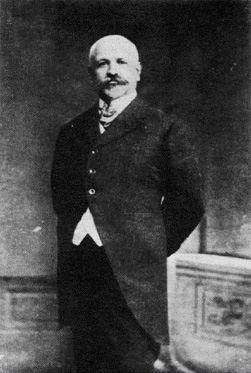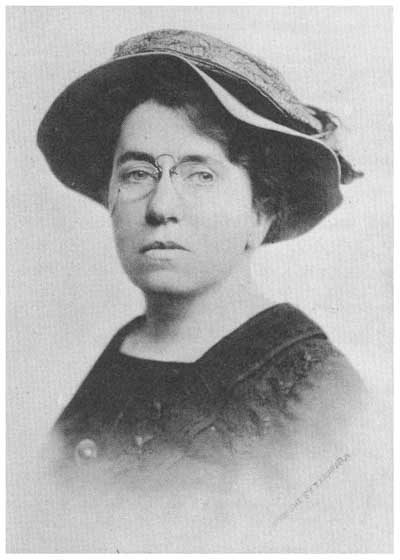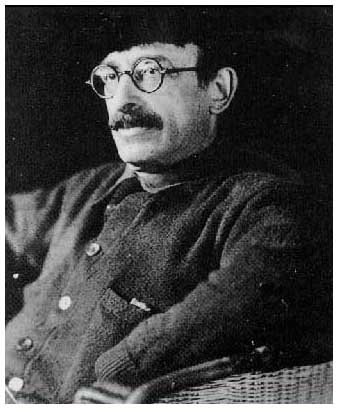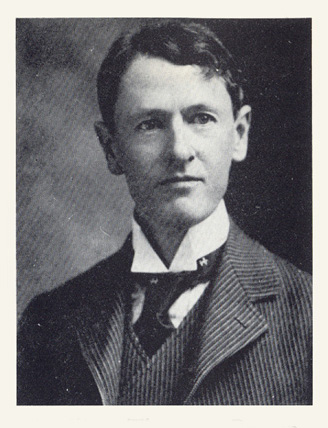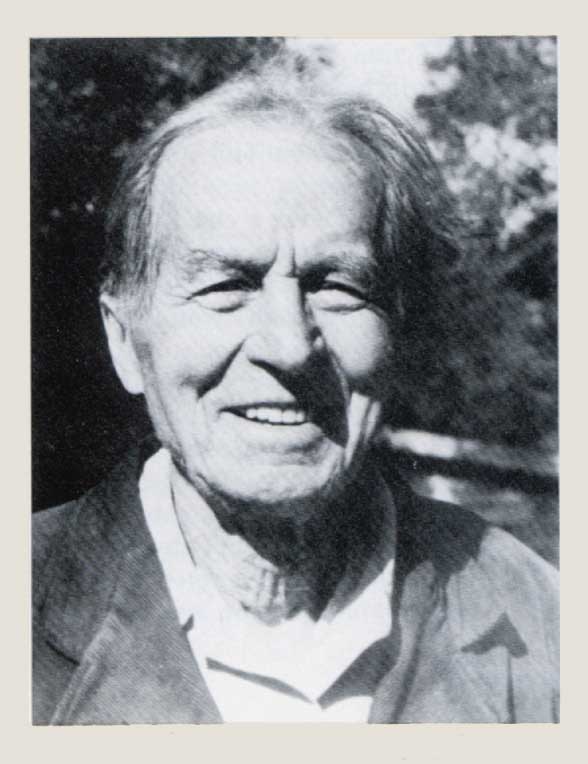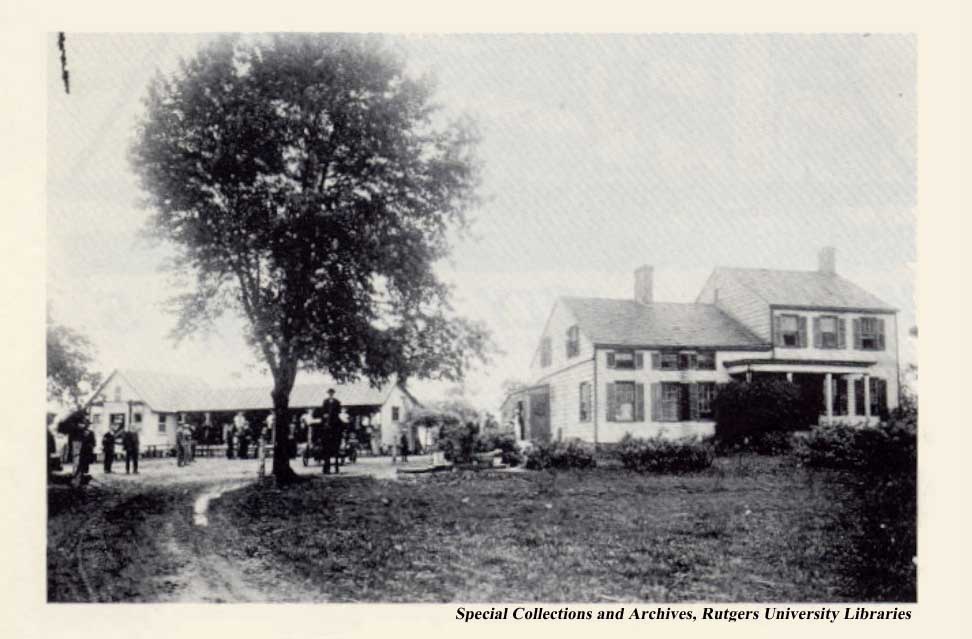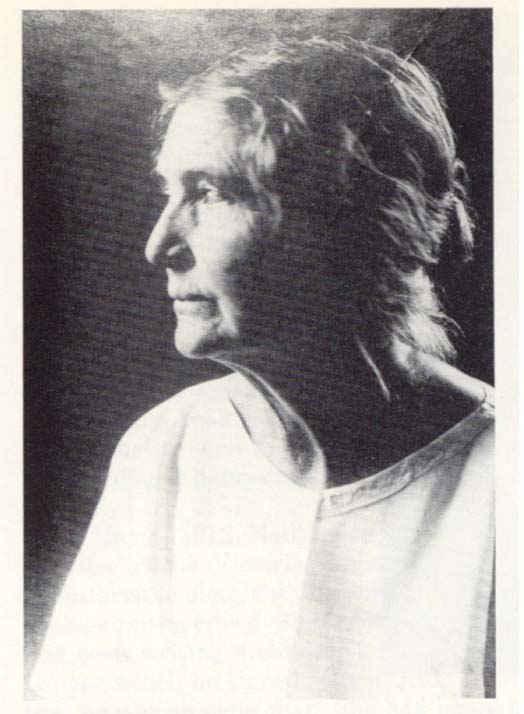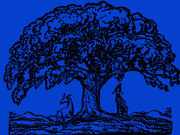 |
Inside
|
|
|
|
|
|
|
|
|
|
|
|
|
|
|
|
|
|
|
|
|
|
|
![]()
Links to Related Sites:
The Pitzer College Anarchy Archives
The Francisco Ferrer Collection - Mandeville Special Collections Library at the University of California, San Diego
The Stelton Modern School Archive at Rutger's University
Modern School Texts from:
![]()
Other
The University at Albany History Department
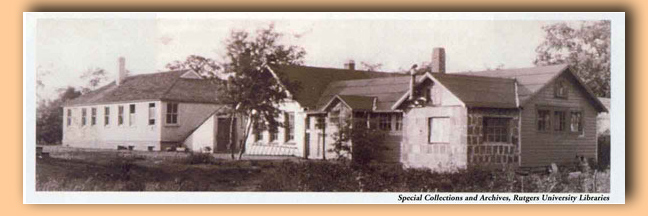

|
Francisco Ferrer The History of the Stelton Modern School begins with Spanish Anarchist and Educator Francisco Ferrer ý Guardia. Ferrer was born in Barcelona Spain in 1859. He developed anarchist leanings particularly in response to what he believed was the oppressive nature of the educational system, controlled by the Catholic Church. He set about to develop a new system of "free" education - free of the oppression of the church and eventually free of all direction and control.
Ferrer set up the first modern school, the Escuela
Moderna in Barcelona in 1901. Along with
primary education, it incorporated adult education
and a leftist publishing house. The school
thrived, but was finally shut down by Spanish authorities
in 1906 when Ferrer was implicated in a plot to
assassinate King Alfonso XIII on his wedding day.
On July 26, 1909, workers in Barcelona began protests which would rapidly descend into riots and rebellion in what would come to be known as the "Tragic Week." Following the events and protests of the Tragic Week in Bacelona, Ferrer was arrested and later executed as one of the leaders of those events
New York City
An international
outcry followed Ferrer's execution.
All over the world, a movement ensued to start Modern
Schools in Ferrer's memory. In New York, the
Francisco Ferrer Association was formed in 1910
by Anarchist leaders Emma Goldman, Alexander Berkman,
Leonard Abbott, and Harry Kelly. In January
1911 a Modern School was opened on St. Marks Place
in Greenwich Village. The Modern School of
New York, like it's Spanish predecessor, featured
a publishing house, adult education center, and
served as a community center, in addition to it's
educational goals. Because of limitations
in the Greenwich Village facility, the building
was soon moved to a new building on East 12th Street.
The school started up with nine students, among
them, Margaret Sanger's son, Stuart. Will
Durant (1885-1981) became principal early in 1912.
Alexander
Berkman
The school quickly became an important center
for leftist political and labour movements
in New York City. Adult classes were
particularly popular. The realist Ash
Can School founders Robert Henri and George
Bellows taught there, and Man Ray was an early
student. Writers and activists such as
Margret Sanger, Jack London, Upton Sinclair
and Elizabeth Gurley Flynn gave lectures.
In 1912, the school moved again to 107th Street
in Harlem. In 1913 Will Durant left to
pursue other interests and Cora Bennett Stephenson
became principal. Labour
movements were very active in early 20th century
Manhattan, and as the labour movement grew
and developed, factions of it became more militant.
Thus it was in 1915 that a group of men loosely
associated with the Adult Education Programe
at the Modern School attempted to build a bomb
intended for John D. Rockefeller's Manhattan
mansion. When the bomb went off
prematurely, it instigated a series of searches
and raids on Anarchist and Labour movement
enclaves as the police cracked down on what
they perceived to be terrorist activity. Harry
Kelly c. 1945
It was decided that this increasingly polarized
environment was no place for a school, and
Harry Kelly, Leonard Abbott and Joseph Cohen
set about making arrangements to move the school
out of New York City. They formed the
Ferrer Colony Association to purchase the land.
They found 68 acres in Piscataway Township,
New Jersey, which included a barn and farmhouse. ~Stelton~ The Stelton Colony was unique among anarchist colonies of that time, and indeed around the world, in that it was the first and only time such a colony has been founded around a school. Moreover, the school featured more diverse groupings of people than are usually found, bringing together immigrants and natives, intellectuals and blue-collar workers in one setting. The first residents lived a Spartan existence while they built homes. The first homes had no electricity, heat or plumbing. None-the-less, by 1919 approximately 100 families owned land in the colony, 20-30 of which lived there year-round. The primitive conditions did, however, lead to an initially high turnover in principals. The school went through four in it's first year.
Bobby and Deedee Hutchinson, while not objecting to the conditions, harboured dreams of starting their own school, and did just that, opening a similar school in Stony Ford, New York. Henry Schnittkind, a Harvard PhD. left because his wife could not adjust to the living conditions at Stelton. Abe Grosner was brought from a Modern School in Philadelphia to serve as acting Principal until the arrival of William Thruston Brown in the Spring of 1916. Brown was a minister and a socialist who had long experience directing Modern Schools. Brown shepherded the school for about a year before leaving to work on other projects. Jim and Nellie Dick arrived and took the helm in 1917.
The school soon acquired 30-40 boarding students
in addition to those who lived in the colony with
their families and the day students who commuted
to school each morning. The farmhouse was
converted into a dormitory to house these boarding
students. One of the first things the Dicks
did upon their arrival was to improve the condition
of the "Living House." A certain
division of duties arose. While "Big
Jim" dealt with improving the
Alexis
Ferm, 1958 The Dicks departed in 1924 to open a new school in Mohegan, New York, leaving the school in the capable hands of Elizabeth and Alexis Ferm. The Ferms had been co-principals with the Dicks since mid-1920. While Jim Dick had handled more academic subjects, the Ferms set about promoting more creative work and undertook the construction of several workshops. These workshops led to development of the The Voice of the Children, a magazine written, produced and printed by the children of the Stelton Modern School. ~The 1920s~
Amidst the glow of the "roaring '20s,"
the Leftist movements in the United States found
themselves in crisis. The changing needs of
the community, and the new political climate in
the country began to be felt at
Dorm
and Living House, 1915 From 1925 until 1928, the school fell upon hard times. Infighting amongst the various groups and a failure to come to any compromise left its mark on both the education and the school's infrastructure. In 1928, the Dicks returned to try and set things in order. They left again in 1933, replaced again by the Ferms, who were thought the only ones other than the Dicks who could keep things running. While many of the problems left over from the 1925-28 period had been fixed, the school faced
In 1940, the school suffered yet another blow when
the Federal Government built a military training
Camp
Kilmer c. 1960
In 1944, Elizabeth Ferm died. After her death, Alexis stayed on to run the school for four more years before retiring to a flat-tax colony in Fairhope, Alabama. He died in 1971 at age 101. With the end of World War II, more residents began moving into the area formerly owned by the colony as the surrounding farms were sold off to developers. Longtime English teacher Anna Schwartz took over as the last principal of the Modern School. But by the early 1950s there were only 14 students left. In the conservative post-war period there was little interest in alternate forms of education and much less interest in alternative communities. Declining enrollment, fewer and fewer colonists and increasing problems with money and running the school in an area that was no longer rural and isolated led to the inevitable decision in 1953 to close the school. ~The End~ Between 1955 and 1958 the Trustees of the school met to sell off the remaining property and divest the school's assets. An annual stipend was given to Alexis Ferm, now in retirement. The political and social upheaval in the late 1960s found renewed interest in both anarchism and leftist political thought, and the rational education movement. In the early 1970s the "free school" movement attempted to replicate many of the pedagogical ideas of the rational education movement and the Stelton Modern School. Many of these free schools survive today. The Modern School Association reconvened and The Friends of the Modern School began holding annual reunions of former students, teachers, colonists, their children, and others. They meet annually to reminisce and discuss politics and education. In 1996, Rutgers University Archives unveiled the Modern School collection to house school documents and memorabilia as a part of the Twentieth Century Utopian Communities Archives Project. The Friends of the Modern School have also recently begun work on a project to install a park and memorial on the site of the former school. This project has been hampered by continued suburban development in the area, but revised proposals are underway to save the remaining undeveloped portions and some of the historical buildings still left on the site. More information on this project will forthcoming as it moves forward. |
|||||||||||||||||
|
|
|||||||||||||||||

